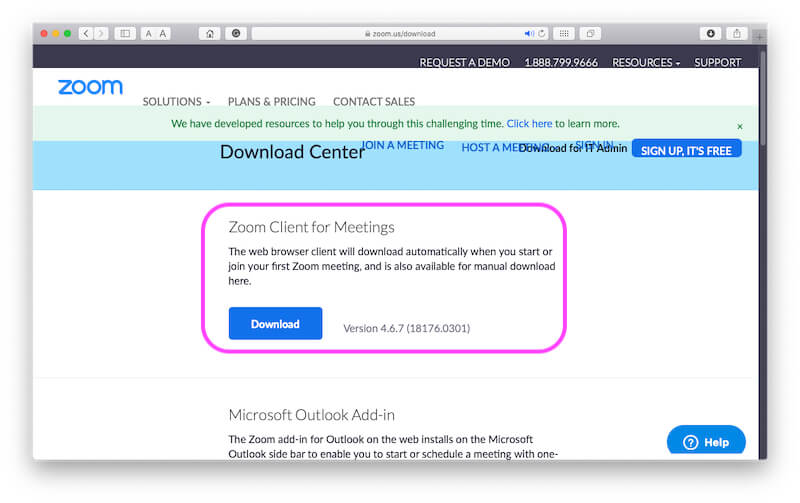

This was said to be putting “all users at risk”, with the following description: However, it does appear as though Zoom is still experiencing some growing pains of sorts, as a critical vulnerability was discovered.

Instead, it was an (at the time) little-known app called Zoom that stole the show. The steps are as follows:Ī) Download and install * SpeedUp Mac software on your MacBook, iMac, or Mac mini.When the pandemic began and more people found themselves working from home, it wasn’t Apple’s FaceTime or even Google Meet that ended up being the most popular video calling solution. When the above process of removing the Zoom Desktop Client app together with associated files seems tedious and recurrent, you can use SpeedUp Mac software to uninstall the Zoom app with a click of a button. H) Open ~/Library/Application\ Support/ folder and remove.

G) Open /System/Library/Extensions/ and delete ZoomAudioDevice.kext. From the Menu bar, navigate to Go > Go to Folder.ī) In the text box, type ~/.zoomus/ and click Go.Ĭ) Drag and drop the ZoomOpener folder to the Trash icon present on Dock.ĭ) Empty Trash to remove the folder permanently from Mac.Į) Perform the above steps to remove other folders and files associated with Zoom.į) Open /Applications and ~ /Applications/ folders one by one, then find and delete .app.

To uninstall Zoom with version 9.0617 and below, perform the following steps using the Finder application:Ī) Launch Finder from Dock.


 0 kommentar(er)
0 kommentar(er)
